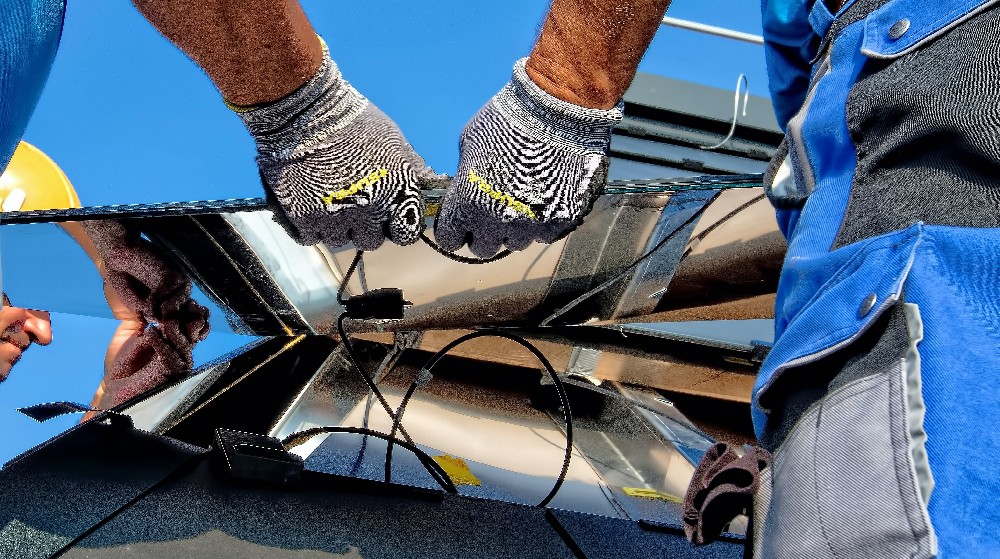
How many materials are available for photovoltaic mounts?
2023-12-18
How to choose the most cost effective profile: what are the materials for photovoltaic mounts? And how to consider the installation method, location, climate and environment required for the selection of solar photovoltaic mounts?
There are several materials for photovoltaic mounts: at present, the main materials for solar brackets are aluminium alloy (Al6005-T5 surface anodized), stainless steel (304), galvanized steel parts (Q235 hot-dip galvanized), concrete, etc.
Aluminium alloy bracket: generally used for solar energy applications on the roof of civil buildings, aluminium alloy is corrosion-resistant, light, beautiful and durable, but the self-bearing capacity is low and cannot be used for solar power station projects. In addition, the price of aluminium alloy is slightly higher than that of hot-dip galvanised steel.
Steel brackets: stable quality, mature manufacturing process, high load-bearing capacity, simple installation, widely used in civil and industrial solar PV and solar power stations. The steel sections are produced in factories with uniform specifications, stable quality, good corrosion resistance and beautiful appearance.
Concrete brackets: mainly used in large photovoltaic power stations, due to their high weight, they can only be placed in the field areas with good foundations, but they have high stability and can support large panels.
Selection of photovoltaic mounts profiles: How to choose the right solar bracket profile is mainly considered in what application. In the case of general civil buildings, aluminium photovoltaic mounts are the best choice.
It is worth mentioning that the combined steel racking system, with its on-site installation, only requires the use of specially designed connectors to put the channels together, which is fast to construct and requires no welding, thus ensuring the integrity of the anti-corrosion layer. The disadvantages of this product are the complex and varied process of the connectors, the high requirements for manufacturing and design, and therefore the high price.
As for concrete supports, they are only considered on large PV power station projects. So in order to get the maximum power output from the whole photovoltaic system, the solar modules are fixed in a certain orientation, arrangement and spacing in a support structure, usually in steel or aluminium, or a mixture of both, taking into account the geographical, climatic and solar resource conditions of the construction site.
The solar support is a very important part of the photovoltaic power station, it carries the main body of the photovoltaic power station generation, if the design is not reasonable, in disaster climate accidents, the impact on the power station is fatal. Therefore, during the design process, all aspects need to be taken into account to finalise the bracket selection and array arrangement.
